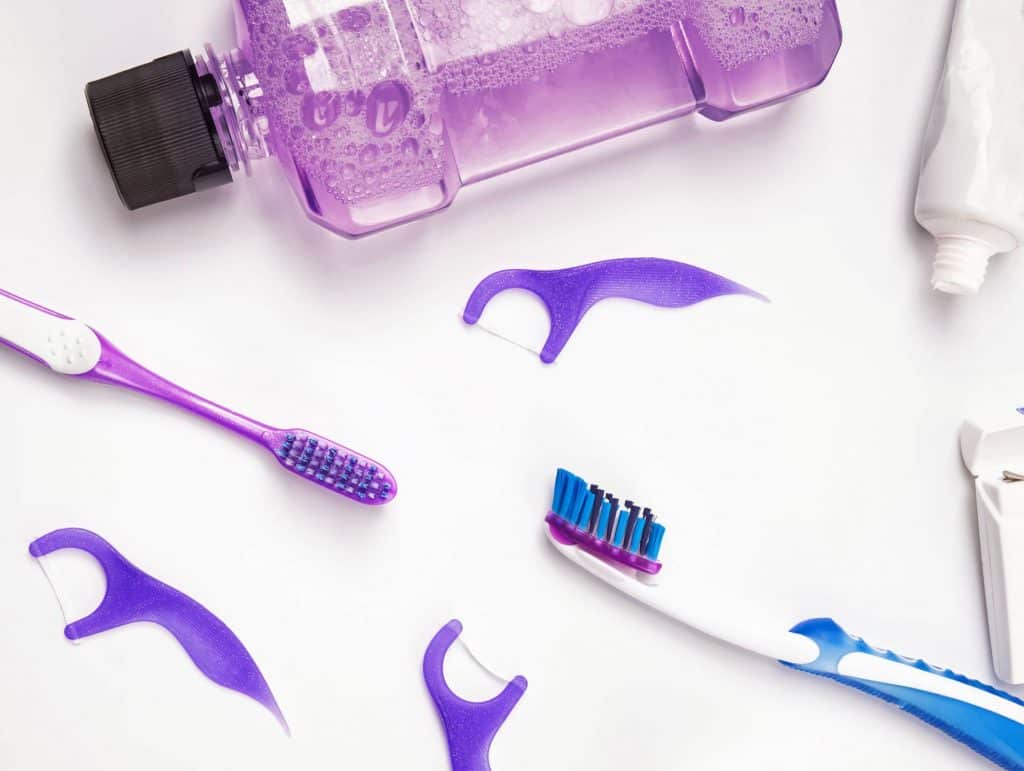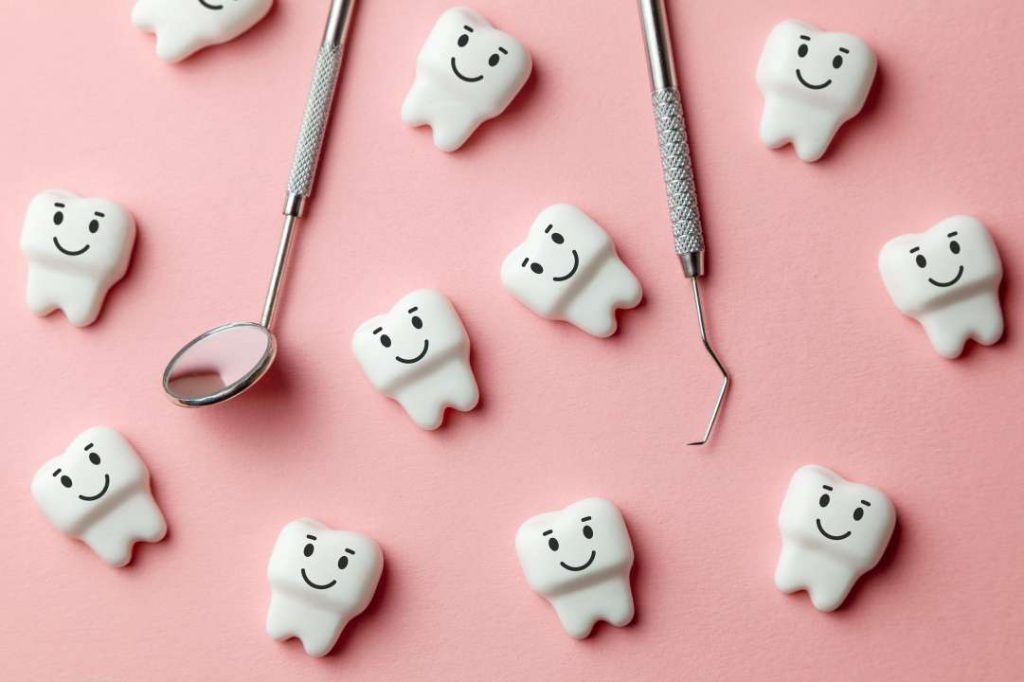How to Prevent Dental Decay
As oral health service providers in Saskatoon, preventing dental decay is central to our goal to promote your oral health. Dental decay is a common dental problem that begins with enamel erosion and often without symptoms. As it progresses to form cavities, you may notice increased tooth sensitivity. Discomfort may be minimal at first, but can develop and worsen as the problem persists. If left untreated, dental decay can cause toothache and damage to the root canal. In order to effectively prevent dental decay from developing in your mouth, it’s helpful to understand exactly what causes the process to begin.
- Dental Decay starts with acid wear
Acid wear occurs when the hard, protective layer on the surface of the tooth — called the enamel — becomes demineralized by exposure to acid. Acid wear causes the protective enamel to weaken and erode until the enamel eventually break to form an opening, leaving the soft inner dentin of the tooth exposed to bacterial infection and decay. This is usually a gradual process that often occurs without any symptoms. During your regular dental cleaning and exam, your dentist will be able to spot the early signs of acid wear and suggest intervention before the problem worsens.
What causes acid wear?
- Plaque buildup. Plaque is a sticky deposit of starches and sugars that are left on the surface of the tooth enamel after we eat or drink. The bacteria that live in the mouth feed and proliferate here, producing acids as a result.
- Food and drinks that are high in acid, such as fresh and processed meats, citrus fruits, sodas and fruit beverages.
- Gastric acid that comes into contact with the teeth for various reasons such as rumination syndrome, acid reflux, bulimia, morning sickness associated with pregnancy.
- Enamel Erosion leads to cavities
When the protective layer of the tooth erodes, the soft white inner layer of the tooth beneath the enamel — the dentin — is vulnerable to bacterial invasion and the formation of cavities. Cavities start as small pockets of dental decay, usually only with mild symptoms of sensitivity or discoloration. However, a dental cavity can quickly grow and penetrate into deeper layers of the tooth. Any cavities should be treated with a dental filling to restore the tooth and prevent further decay from reaching the root canal. - Don’t let it get the pulp!
Once decay has spread to the innermost layer of the tooth — the pulp — the blood vessels and nerves in the tooth are infected and damaged, causing toothache and constant pain. Root canal therapy may be required to resolve this level of infection.
You are at greater risk for enamel erosion if you
- have dry mouth or low salivary flow, (xerostomia).
- drink a lot of high-acid or sugary drinks.
- have acid reflux disease, GERD, or a condition that causes frequent vomiting.
- have a habit of nail biting, teeth grinding, or other environmental and lifestyle factors that cause friction, wear and tear.
- take medications that cause xerostomia.
- eat a lot of acidic foods such as citrus fruits, pickled or fermented foods, fresh or processed meat, and sour candy.
Signs of tooth erosion and dental decay:
- Sensitivity to hot or cold food and drink.
- Increased tooth sensitivity when eating sweets.
- Tooth discoloration or the appearance of chalky white spots on the surface of the tooth. (due to the loss of calcium and build-up of plaque).
- Rough, uneven, or worn down edges of the teeth which can lead to cracks or chips.
- Discomfort or pain in the teeth or jaw.
10 Tips to prevent dental decay
- Brush and floss daily.
- Limit your consumption of acidic or sugary food and drink.
- When drinking acidic beverages, drink through a straw and avoid holding the beverage in the mouth too long before swallowing.
- Use remineralizing agents such as fluoride, which can prevent the onset of dental decay, stop the spread of decay, and in some cases even reverse decay.
- Drink milk or other dairy products to remineralize the surfaces of the teeth.
- Avoid excessive sugar consumption whenever possible. When you do enjoy sweets, avoid letting the sugar rest on the surfaces of your teeth for too long afterwards.
- Visit the dentist regularly to catch tooth decay early before it progresses.
- Talk to your dentist about sealants and supplemental fluoride treatment.
- Treat any underlying medical conditions or diseases like acid reflux or bulimia nervosa.
- Address bruxism and nervous habits that wear on the teeth such as nail biting or pencil chewing.
Knowing the stages and signs of acid erosion is the key to preventing dental decay. The best thing you can do to prevent dental decay and cavities from developing is to maintain a good oral health care routine at home. Remember, prevention is always easier and cheaper than most treatment! If your teeth are showing signs of acid erosion, book an appointment with your downtown Saskatoon dentist for a check-up and intervention plan.




